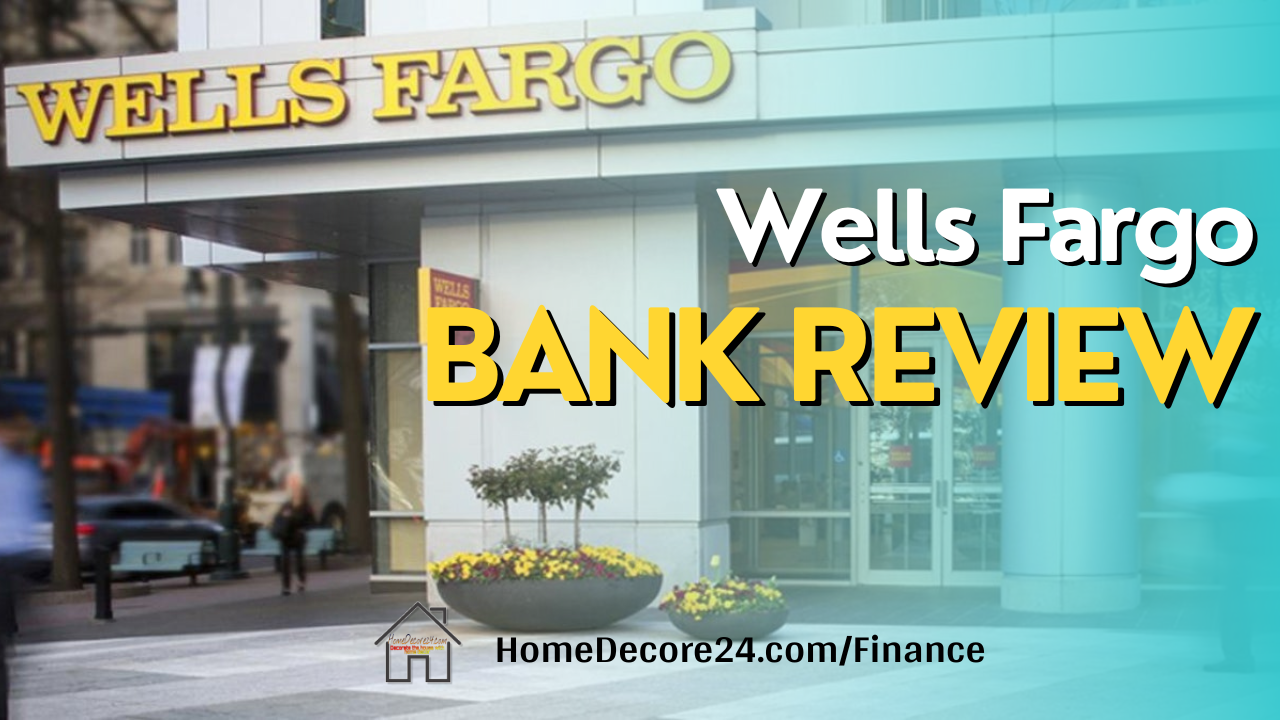
Building your dream home from the ground up can be an exciting venture, but it often requires a substantial amount of financial planning and support. This is where construction loans come into play. These specialized loans are designed to provide the necessary funds to cover the costs of building a new home or renovating an existing one. In this comprehensive guide, we’ll delve into everything you need to know about construction loans, from how they work to their various types and application process.
What is a Construction Loan?
A construction loan, also known as a self-build loan or home construction loan, is a type of short-term loan designed to fund the construction or renovation of a property. Unlike traditional mortgage loans that are disbursed in a lump sum, construction loans are typically distributed in phases as the construction progresses. This staged disbursement helps ensure that the funds are used efficiently and as intended.
Read More: Navigating the Path to a VA Loan After Bankruptcy
How Does a Construction Loan Work?
Application and Approval: The process begins with applying for a construction loan through a financial institution, such as a bank or credit union. Lenders will assess your creditworthiness, financial stability, and the details of your construction project.
Project Assessment: Lenders will evaluate the project’s feasibility, including the construction timeline, cost estimates, building plans, and the builder’s credentials.
Loan Terms: Once approved, you’ll receive loan terms, including the loan amount, interest rate, repayment schedule, and details about how funds will be disbursed.
Disbursement Phases: Construction loans are disbursed in phases, often referred to as “draws.” These draws occur at key milestones in the construction process, such as completing the foundation, framing, roofing, and finishing touches.
Interest Payments: During the construction phase, you’ll generally only make interest payments on the amount disbursed, rather than paying down the principal.
Conversion: Once construction is complete, the loan may need to be converted into a traditional mortgage or paid off in full. This could involve refinancing the loan or transitioning to a permanent mortgage agreement.
Types of Construction Loans
Construction-to-Permanent Loans: This type of loan combines the construction financing and the mortgage into one package. It starts as a construction loan, and once the construction is completed, it automatically converts into a permanent mortgage.
Stand-Alone Construction Loans: These loans are entirely separate from the eventual mortgage. Once the construction is finished, you’ll need to apply for a separate mortgage, which might have different terms and rates.
Renovation Construction Loans: If you’re renovating an existing property, these loans provide funds for both the purchase of the property and the renovation costs.
Owner-Builder Construction Loans: For those who want to act as their own general contractor or builder, this type of loan provides the necessary funds and flexibility.
Read More: Conforming loan limits in 2023 Quick Guide
Application Process
Gather Documentation: Prepare financial documents, construction plans, estimates, and information about the builder or contractor.
Find a Lender: Research and choose a lender experienced in construction loans.
Loan Application: Complete the application, providing details about your project, budget, and financial information.
Project Review: The lender assesses your application and project details.
Approval and Terms: If approved, you’ll receive loan terms and conditions.
Construction and Disbursement: As construction progresses, funds are disbursed in stages based on inspections.
Completion and Conversion: After construction, the loan may convert to a mortgage or require refinancing.
Benefits and Considerations
Benefits
- Funds for construction and renovation.
- Staged disbursement ensures efficient fund utilization.
- Flexible interest payments during construction.
- Tailored to different construction types.
Considerations
- Stricter approval requirements.
- Potentially higher interest rates.
- Complex process compared to traditional mortgages.
- Construction risks and delays could impact financing.
Construction loan rates
onstruction loan rates are typically 1-2 percentage points higher than traditional mortgage rates. They can also be variable-rate loans, which means that the interest rate can change over time.
Construction loan requirements
- A minimum credit score of 620 or higher
- A down payment of 20% to 25% of the construction costs
- A detailed construction plan
- A commitment from a builder
- An appraisal of the property
- Proof of income and assets
Lenders may also require other documentation, such as a business plan if you are self-employed. It is important to meet with a lender to discuss your specific needs and requirements.
How to get a construction loan
Certainly, here’s a concise list of steps to obtain a construction loan:
- Research Lenders: Find reputable lenders experienced in construction loans.
- Prepare Documentation: Gather financial documents, construction plans, and estimates.
- Check Eligibility: Ensure your credit score, income, and project details meet lender requirements.
- Submit Application: Complete the loan application, including project specifics.
- Provide Project Details: Offer information about the builder, timeline, and costs.
- Undergo Approval Process: Lender reviews your application, financials, and project feasibility.
- Receive Loan Terms: If approved, you’ll get details on the loan amount, interest rate, and repayment structure.
- Begin Construction: Once terms are accepted, construction can commence.
- Disbursement in Phases: Funds are released in stages as construction milestones are achieved.
- Completion and Conversion: After construction, the loan may convert to a mortgage or require refinancing.
Remember, each lender may have specific requirements and processes, so it’s wise to communicate openly and seek professional advice to ensure a successful loan application.
FAQ’s
What type of loan is best for construction?
A construction-to-permanent loan is often considered best, seamlessly transitioning from construction financing to a mortgage after your project is complete, simplifying the process.
What are the disadvantages of a construction loan?
Construction loans can have higher interest rates, stricter approval criteria, complex paperwork, potential cost overruns, and construction delays, adding risks and stress to the building process.
What is the difference between a construction loan and a regular loan?
A construction loan funds the building process in stages, while a regular loan provides a lump sum for a completed property. Construction loans have higher rates, phased disbursements, and require detailed project plans, whereas regular loans are more straightforward, disbursed upfront, and suited for purchasing finished homes.
YouTube Video
Bottom Line
construction loans are a valuable tool for turning your housing dreams into reality. By understanding their nuances, types, and application process, you can navigate the journey of building or renovating your ideal home with confidence. Always consult with financial professionals to make informed decisions based on your specific circumstances.
✓ Is Student Loan Worth it?(8 Questions Answered!)







